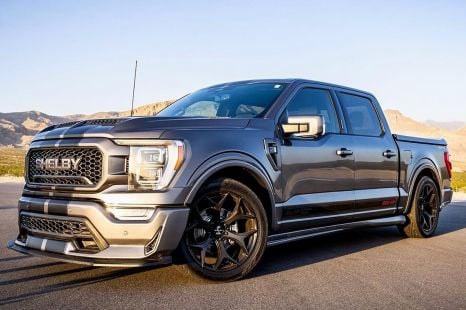

Ben Zachariah
Shelby, Harley-Davidson pickups gain factory approval for Australia
3 Days Ago

Contributor
One of the reasons Japanese carmakers have had significant successes in markets like the US, Australia and Europe is their ability to adapt to local preferences without compromising the values and ideals that are fundamental to the company.
While Toyota’s success in the US market initially came on the back of smaller, global vehicles like the Corolla, the 1990s and 2000s saw the Japanese giant introduce more and more vehicles developed with the US market and its significantly different geography and tastes front of mind.
That included vehicles not only developed for the US market but built there as well, such as the Tundra, Toyota’s Ford F-150 rival.
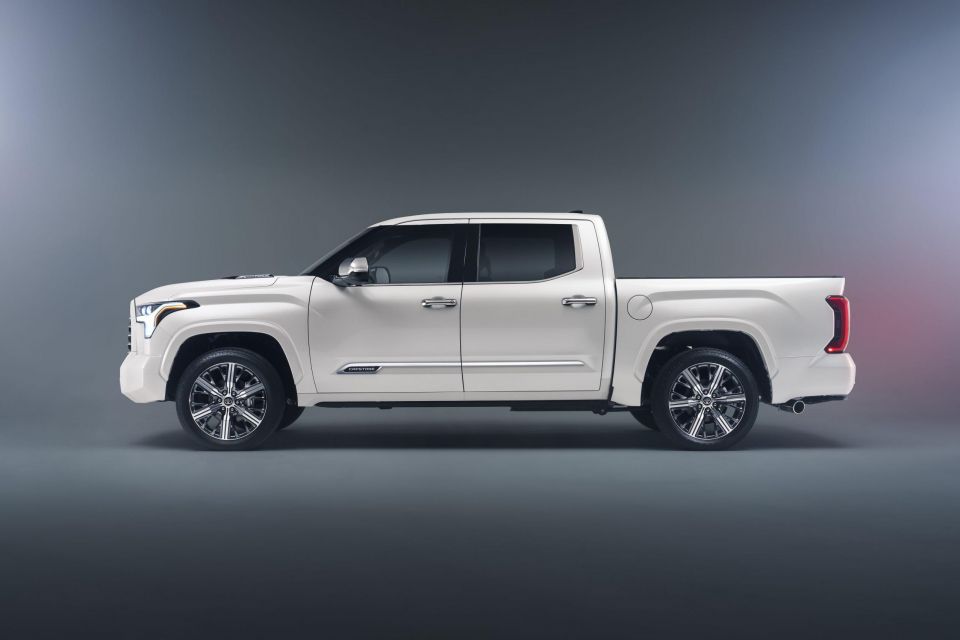
The Tundra, now in its third generation, continues to sit above the HiLux-sized Tacoma in Toyota’s North American pickup truck lineup, with the most direct Japanese-brand competitor being the Nissan Titan, and other key rivals including the Chevrolet Silverado 1500 and Ram 1500.
It also spawned the full-sized Sequoia SUV, which serves as the brand’s flagship in the North American market following the axing of the smaller but more exclusive LandCruiser.
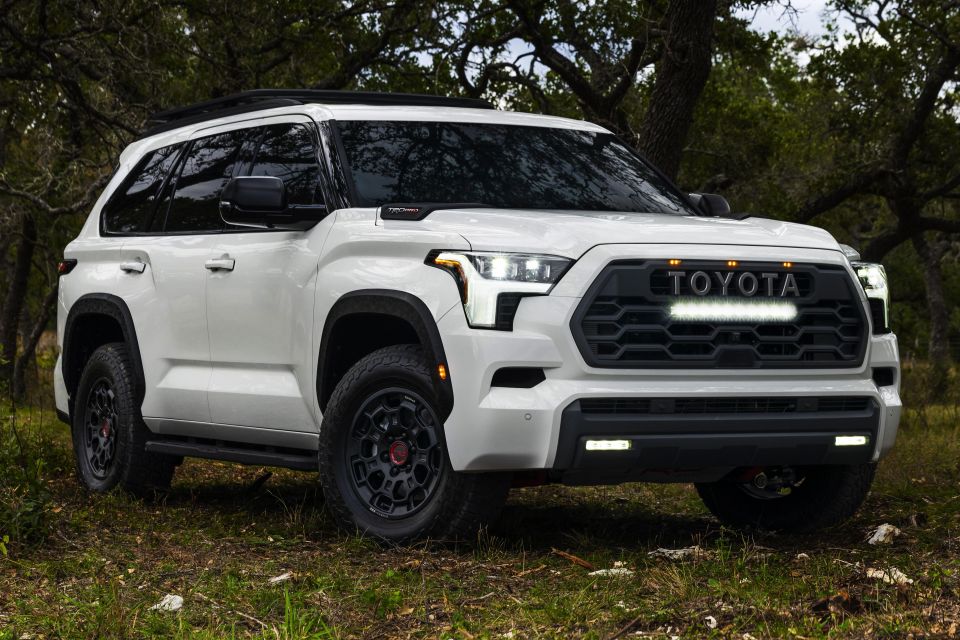

While we don’t buy full-sized pickup trucks in the same numbers as markets like the US and Canada, Toyota has responded to the growing demand for models like the Silverado and Ram 1500 by announcing it’s working on a locally remanufactured right-hand drive Tundra.
It’s stopped short of confirming a local launch, but it seems almost a fait accompli. That means Australians should finally get their hands on the Tundra after over 20 years of waiting.
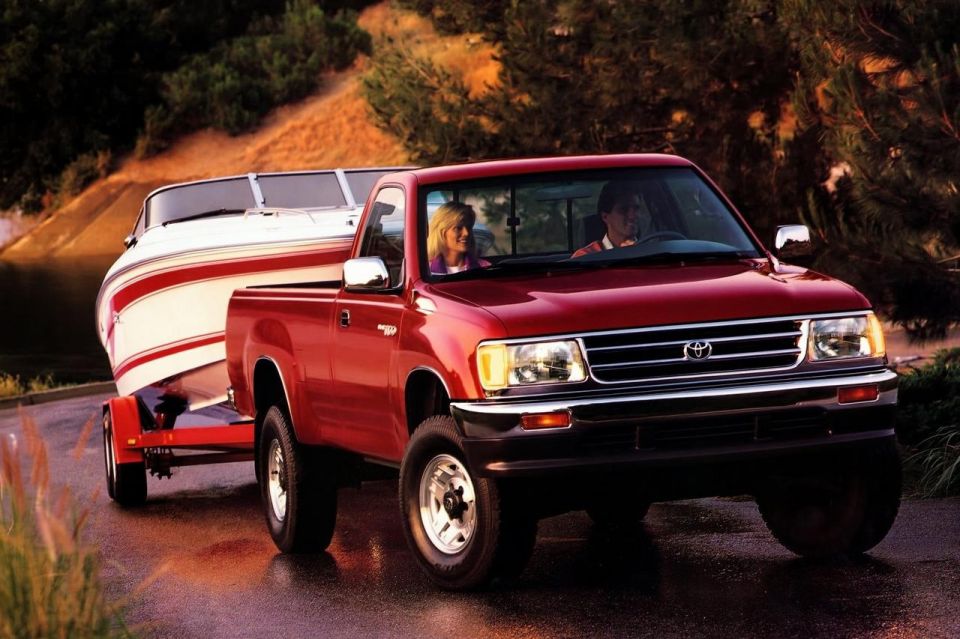
Before the Tundra, there was the 1993 T100, Toyota’s first attempt to break into the American full-sized pickup truck market.
Toyota at this point lacked substantial experience building pickup trucks in the style that Americans expected, so while the car was built in Japan and wore a Toyota badge, Toyota outsourced much of the engineering and design to Hino, its commercial vehicle subsidiary.
The T100 can best be described as a commercial failure, but a learning experience for the Japanese brand.

Issues for the vehicle started with its dimensions. Despite being marketed as a full-sized truck, the T100 was smaller than its direct rivals such as the Ford F-150, and this had consequences for practicality and cabin space.
Unlike the Ford, the T100 struggled to comfortably sit three adults abreast in the front row, and this was compounded by the lack of an ‘extra-cab’ option in the first two years of production, such that the car could not seat any rear passengers.
For some potential customers, a deficit in practicality could be made up for in performance, but unfortunately the T100 also fell short in this area. At the time, full-size American trucks were typically equipped with larger engines, especially V8s, but the T100 initially came only with a 3.0-litre V6 producing only 112kW of power and 244Nm of torque.

Toyota did attempt to resolve this problem with MY1995 models, by introducing an optional 3.4-litre V6 that made a more competitive 140kW of power. However, it also replaced the standard 3.0-litre V6 with a 2.7-litre inline four-cylinder.
While the four-cylinder engine had equivalent outputs and was cheaper and more efficient, there was no replacement for displacement in the eyes of many.
Annual sales topped out at around 37,000 units in 1995 and 1996, a fraction of the hundreds of thousands that direct rivals sold in, but the T100 nevertheless garnered praise for its handling, quality and reliability, with analytics firm J.D. Power giving it several ‘Initial Quality’ awards.
The key learning remained, however, that to excel in the full-size pickup truck space, Toyota would need to retain this quality and reliability, but add greater space, power, and towing ability.
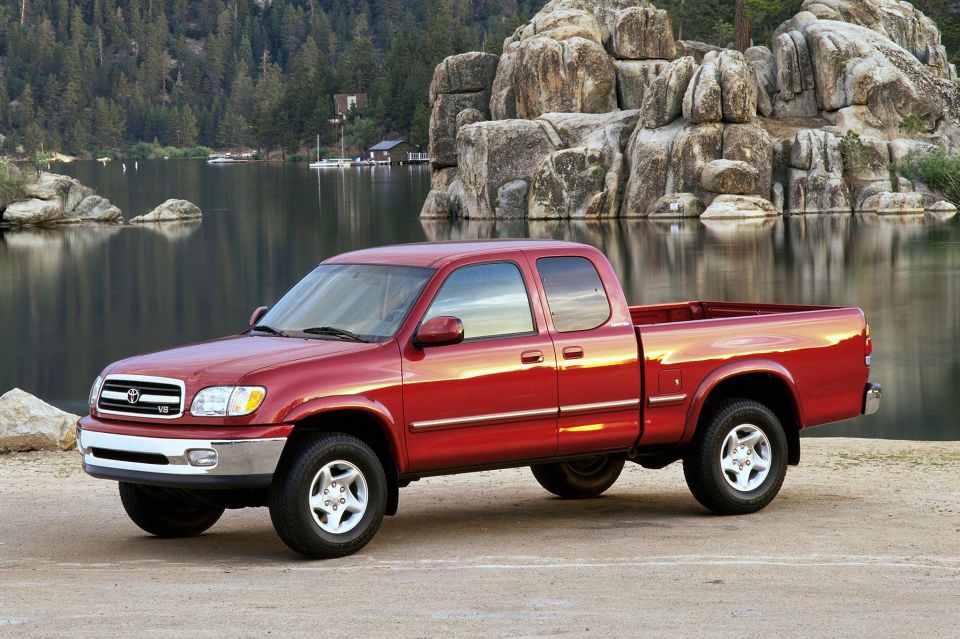
The first-generation Tundra replaced the T100, and with Toyota now confident enough in its American workforce to build it to the same quality as an equivalent Japanese model, the Tundra entered production at the company’s Indiana factory in May 1999.
Local production also brought about the benefit of removing the 25 per cent import tariff that the T100 had been slapped with. Indeed, Toyota was confident enough in its new product to initially name it the T150 before legal threats from Ford forced the brand to rename the vehicle to the Tundra.
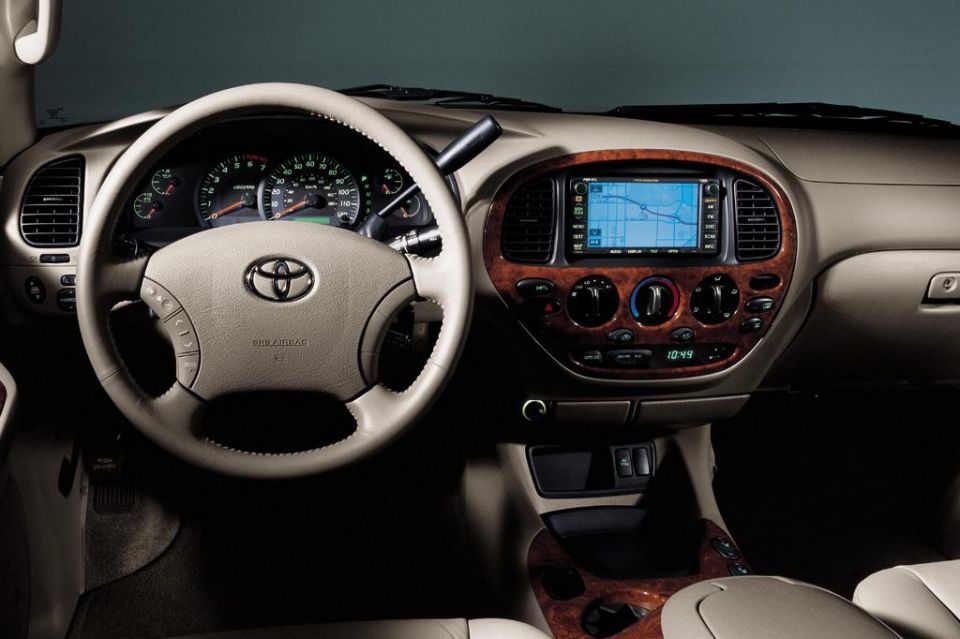
Although the first-generation Tundra also brought a size increase to position it closer to rivals such as the Chevrolet Silverado, perhaps most impressive was the engine lineup. While the 3.4-litre V6 carried over from the T100, the Tundra was also available with a competitive 4.7-litre V8 pumping out 183kW of power and 427Nm of torque.
Toyota didn’t forget its drive to maintain efficiency either, with the firm claiming the larger engine was the first double-overhead cam 32 valve V8 offered in the full-size pick-up segment, while also achieving a ‘low emission vehicle’ rating from the U.S. Environmental Protection Agency (EPA).
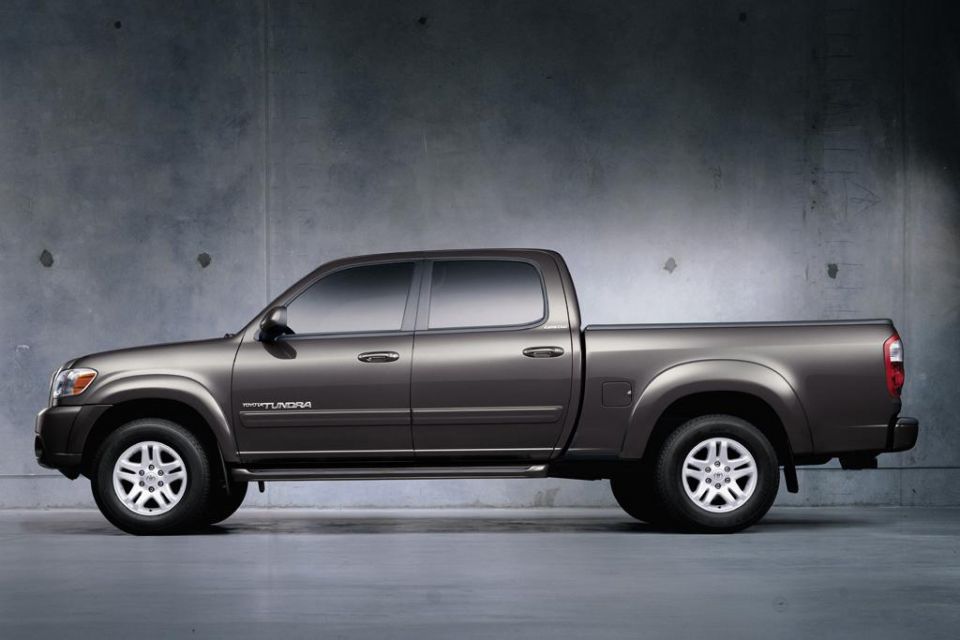
Offering a maximum towing capacity of 3266 kg, the V6 and V8 would both receive gradual improvements to performance (and an increase in displacement to 4.0-litres for the V6), while an AccessCab ‘extra cab’ version was available from the start of production. A Double Cab was added for 2004.
By fixing most of the mistakes of the T100 without introducing any new compromises, sales of the Tundra grew correspondingly, averaging above 100,000 units and peaking at 126,000 sales in 2005. That was still significantly below rivals like the F-150, of which around 900,000 units were sold in 2005, but it was a significant step up from its predecessor.

Toyota introduced the second generation Tundra towards the end of 2006 as a 2007 model year vehicle, with production later shifting exclusively to the firm’s Texas truck plant in 2008.
Apart from an increase in size and a modernised design, perhaps the headline feature of the new Tundra was an increased maximum towing capacity of over 4.5 tonnes (breaking the 10,000 US pound barrier) when equipped with a new 5.7-litre V8 engine.
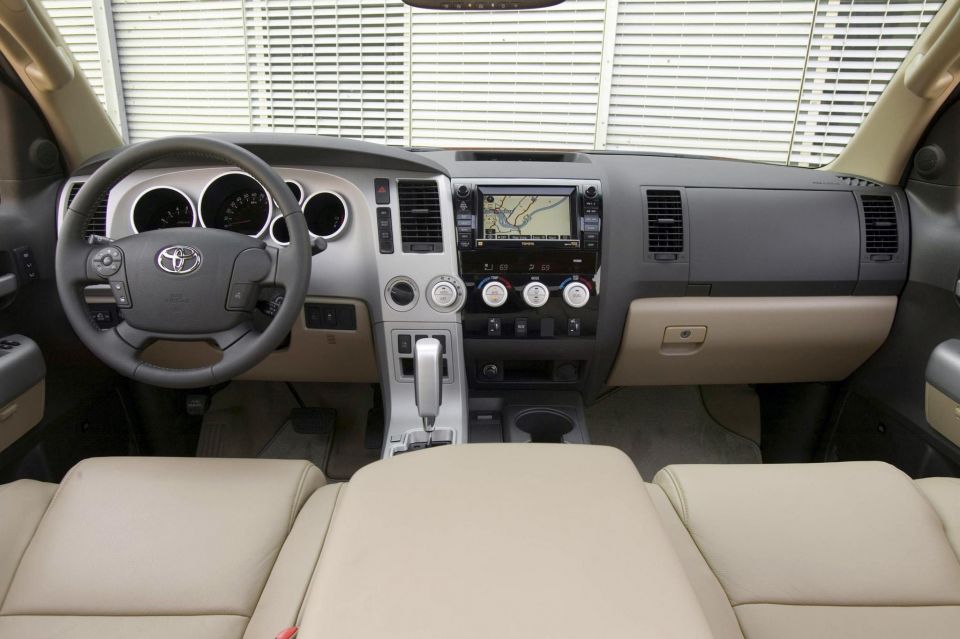
Producing 284kW of power and 544Nm of torque and mated to a new six-speed automatic transmission, Toyota claimed its larger V8 was one of the most powerful engines in its class. To complement the new 5.7-litre V8, the 4.0 V6 and 4.7-litre V8 engines from the previous generation were also carried over with enhancements.
The Tundra was available in more than 30 configurations, with buyers able to choose between 4×2 and 4×4 drivetrains, and a multitude of cab styles, bed lengths and wheelbases,
Toyota also claimed that the new Tundra featured a greater use of thicker, high-strength steel, more reinforced areas and more rigid suspension mounts for improved ride and handling, and even greater durability.
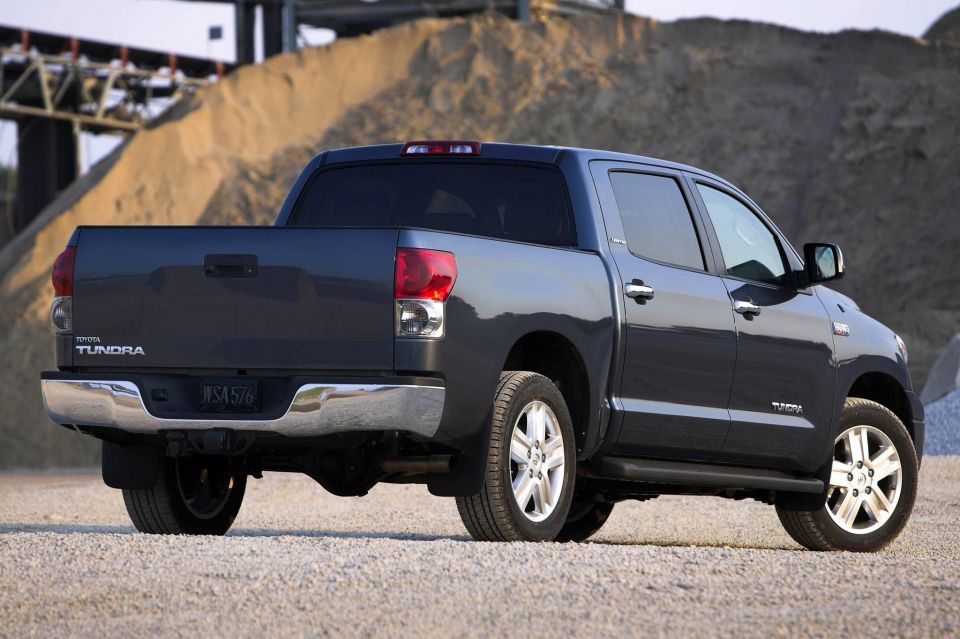
Safety-wise, Toyota claimed the second-generation Tundra was also the first in segment to feature an electronic limited-slip differential (A-LSD) and vehicle stability control (VSC) as standard across the lineup, as well as the first in class with adjustable headrests and three-point seatbelts for all passengers.
Despite these improvements, average annual sales remained largely comparable to the previous generation, topping out at 196,000 in 2007, but also declining to 80,000 units in 2009 during the Global Financial Crisis.

Unveiled in September 2021, the third-generation Tundra is the model currently under consideration to be sold in Australia, and marks a substantial leap in design, technology and performance compared to its predecessors.
Rather than carry over engines from earlier generations, Toyota opted to debut two all-new engines for the third-generation Tundra.
The base engine is now a 3.5-litre twin-turbo V6 producing up to 290kW and 649Nm of torque. More interesting, however, is the introduction of a hybrid version of the same engine, called the i-Force Max, that can deliver up to 325kW and 790Nm of torque, comparable to the outputs of rivals’ V8 engines but with greater efficiency.
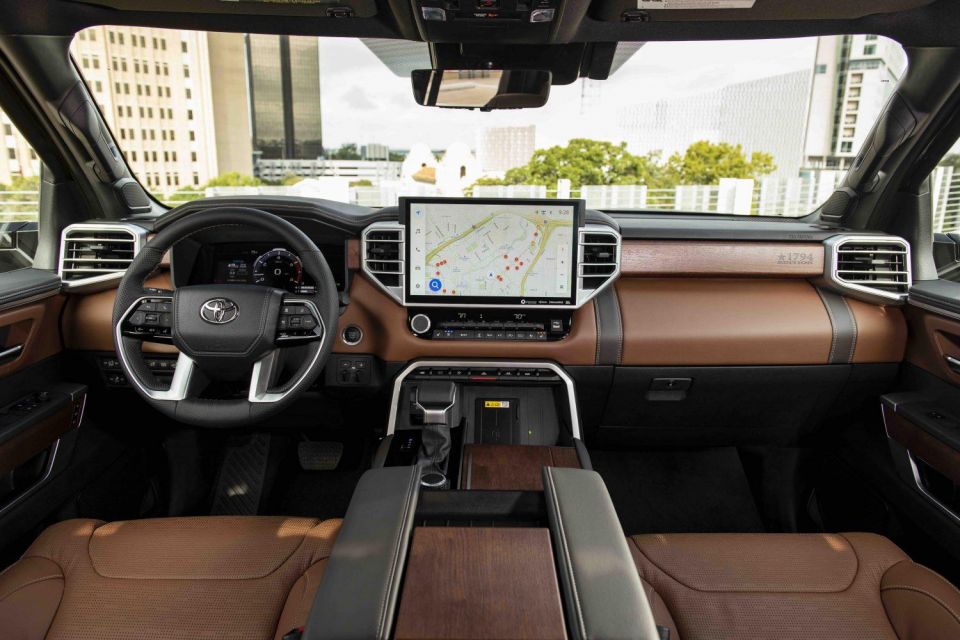
The Tundra, as well as the new Sequoia, have moved to the same TNGA-F architecture underpinning the LandCruiser 300 Series.
Other advancements include the replacement of the previous leaf-spring suspension with independent multi-link coil springs, the availability of adaptive suspension, and a far more sophisticated interior and technology suite, featuring a 14-inch infotainment display, 12-inch digital instrument cluster, as well as wireless Apple CarPlay, Android Auto and over-the-air updates for the in-built satellite navigation system.
All models are equipped with the Toyota Safety Sense 2.5 active safety suite, which includes adaptive cruise control, autonomous emergency braking, lane-keep assist and automatic high-beam, among other standard safety features.
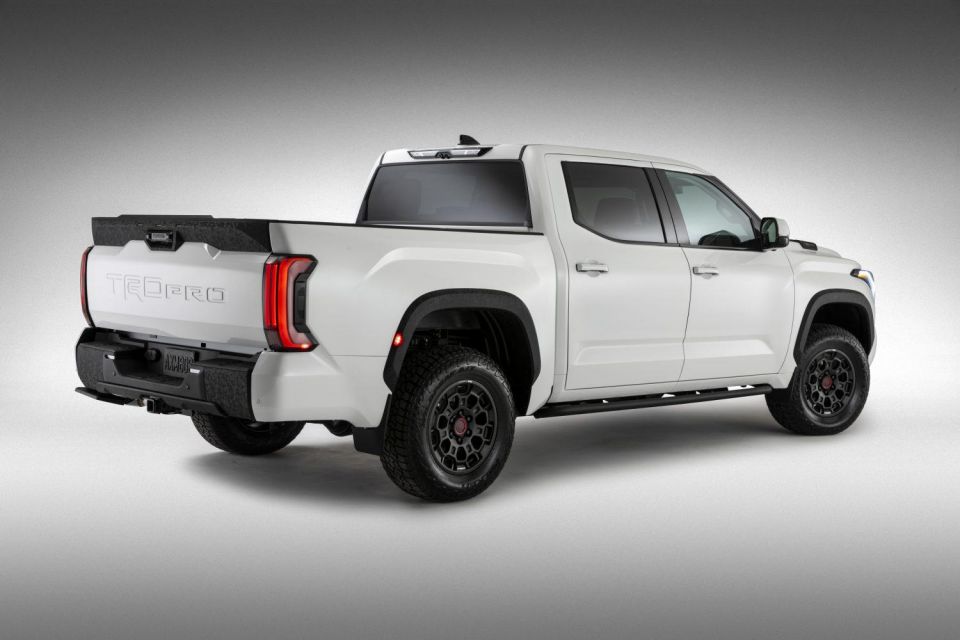
MORE: Toyota Tundra Hybrid: Australian launch in sight, development kicks off
Where expert car reviews meet expert car buying – CarExpert gives you trusted advice, personalised service and real savings on your next new car.


Ben Zachariah
3 Days Ago
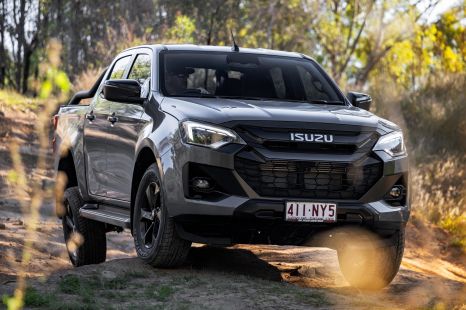

Matt Campbell
5 Days Ago
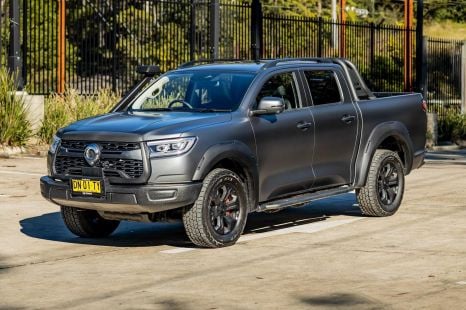

Matt Campbell
6 Days Ago
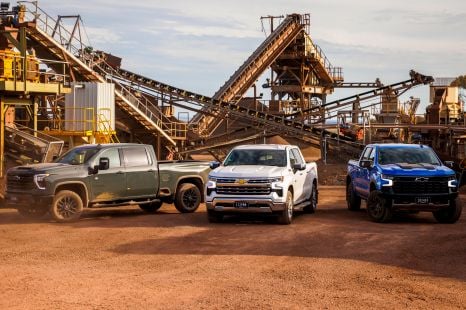

Damion Smy
6 Days Ago
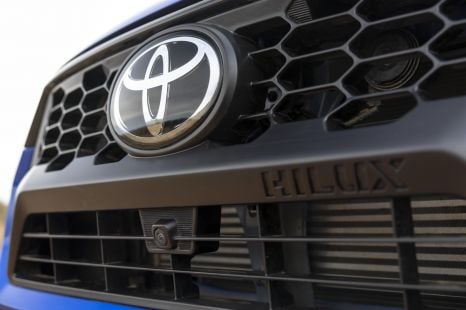

Ben Zachariah
7 Days Ago
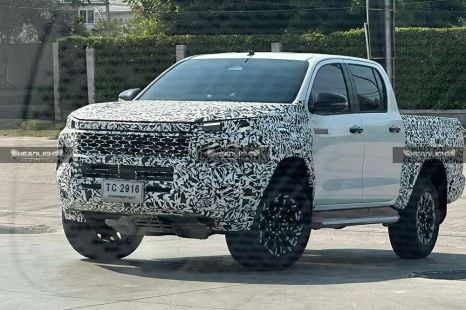

Ben Zachariah
11 Days Ago